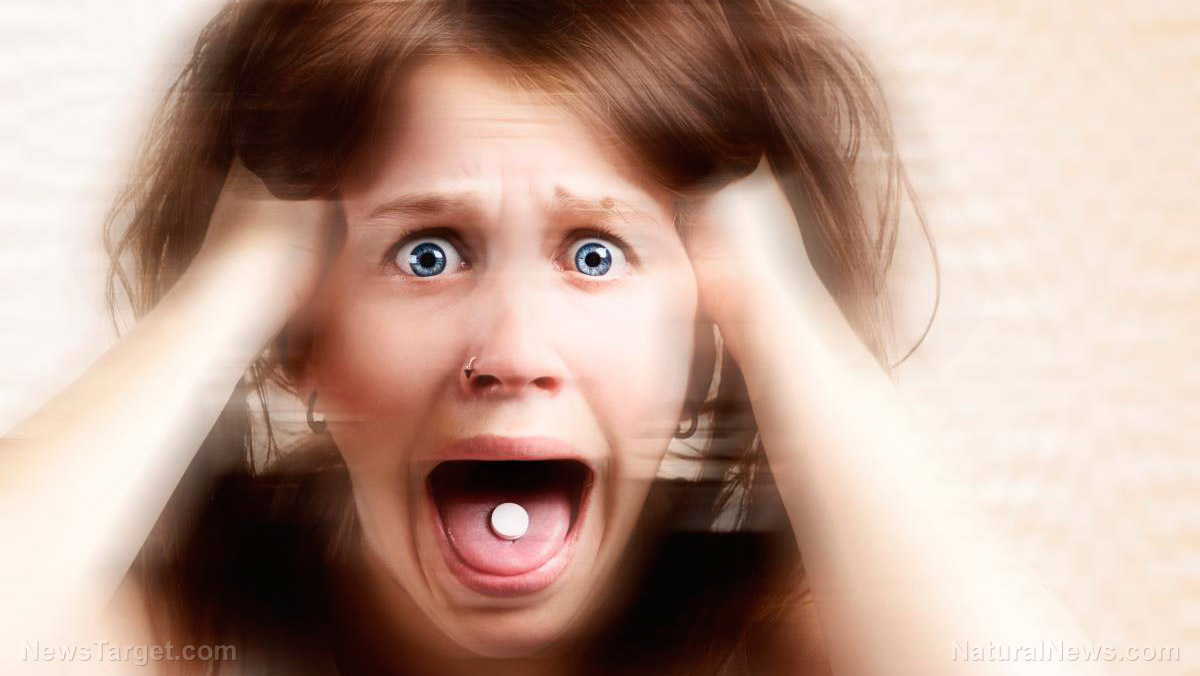
Writing in the Waking Times, Pulitzer-nominated investigative reporter Jon Rappoport says that psychiatrist have remarked to him off the record that the basis used for diagnosing and labeling mental disorders is “a rank fraud,” and it’s an open secret within the psychiatric profession. There are no diagnostic lab tests for even one of the 300 mental disorders that have been officially certified and labeled; instead, doctors shell out profitable prescriptions on the basis of how a patient answers a few questions.
Just what are the dangers of these drugs? Psychotropic drugs have been shown in studies to double the risk of suicide, and they can also make people more violent, putting countless individuals at risk who have never even touched a psychiatric medication. Some of the other side effects of these drugs include psychosis, mania, hallucinations, stroke, heart attack, suicidal ideation, and sudden death.
Rappoport characterizes the widespread overprescription of psychiatric medications as “nothing short of chemical warfare against the population.”
Scary statistics
Let’s take a look at some of the statistics from a 2011 Medco Health Solutions mental health report. More than 25 percent of adult women in the U.S. were on mental health medications in 2010 versus 15 percent of men; 21 percent of these women were taking antidepressants. Eleven percent of women between the ages of 45 and 65 were taking anti-anxiety drugs, and four percent of adults were taking medication for attention deficit hyperactivity disorder.
Meanwhile, a 2016 report published in JAMA Internal Medicine revealed that one out of every six American adults is taking at least one type of psychiatric drug per year. Four-fifths of those who take such meds report using them in the long-term, which is concerning to experts as some of the drugs in question are only recommended for short-term use and all carry serious health risks.
In that study, women were significantly more likely to report taking psych drugs than men, and white adults were more than twice as likely to use them as African Americans and other minorities.
Children and elderly especially vulnerable
The problem is particularly bad in children, with data from the IQVia Total Patient Tracker Database showing that more than 622,000 children aged 0 to 5 were taking psychiatric drugs in 2017. Shockingly, this included 125,361 children under the age of one year, the vast majority of whom were taking anti-anxiety meds. It’s hard to imagine how any baby could need such meds, but such is the state of American health care these days.
It’s also a big problem among the elderly, with the AARP reporting that nursing homes in the U.S. give more than 179,000 residents antipsychotics that haven’t been approved for their condition, offer little benefit, or endanger their lives. Many times, this is done as a form of “chemical restraint” to make them docile and easier to manage. It’s even more disturbing when you consider the fact that antipsychotics bear a black box warning that says frail, older people and those with dementia or Alzheimer’s shouldn’t use the drugs as they are possibly fatal for them. These medications can also raise their risk of falling and sustaining fractures, increase their risk of stroke, cause trouble swallowing, and make them more vulnerable to pneumonia.
In short, our nation is becoming drugged up, and if something isn’t done soon about the careless overprescription of these toxic meds, it will have a negative impact on every single one of us.
Sources for this article include:
Please contact us for more information.






















